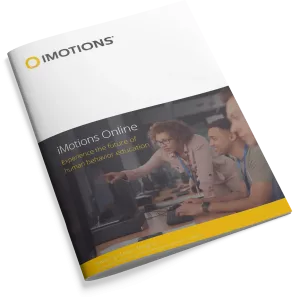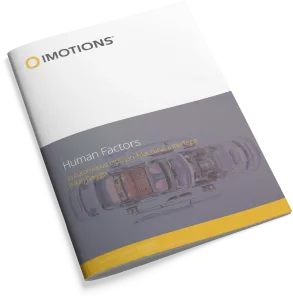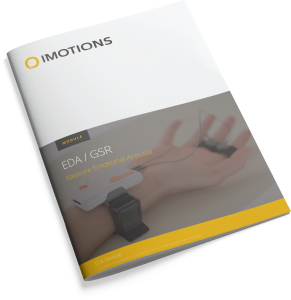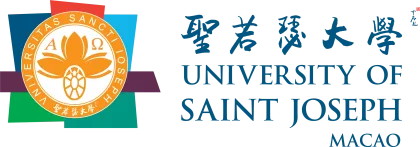A simulation was conducted to examine the decision making of 102 high-ranking police and military commanders (male/female = 88/12, mean years of employment = 22.15) engaged in a simulated hybrid attack on Norway. Four 2 × 3 repeated-measures ANOVA tests were performed, with two groups (police, military) and three phases (peace, war, and post-conflict) as independent variables. The decision tasks of force posture and mission urgency, along with Subject Matter Expert (SME) ratings of decision-making performance, served as dependent variables. By using social cognitive theory as the theoretical framework, the analysis demonstrated within-group effects indicating how the transition from peace to war caused more offensive postures, higher urgency levels, and increased performance in wartime. Between-group differences were also found, illustrating that police commanders had higher levels of urgency than military commanders in general. Regarding force posture, within-group differences were only found in the post-conflict phase, when police commanders returned to pre-war levels, while military commanders showed less offensive postures than in peacetime. No significant between-group differences were found in decision-making performance. The analysis demonstrated new empirical findings about how crisis management is impacted by change and the backgrounds of those in charge. The findings have implications for designing interagency frameworks that improve police-military interoperability in collaborative efforts.
Scientific Publications from Researchers Using iMotions
iMotion is used for some of the most interesting human behavior research studies done by top researchers around the world. Contact us to have your publication featured here.
All Publications


















